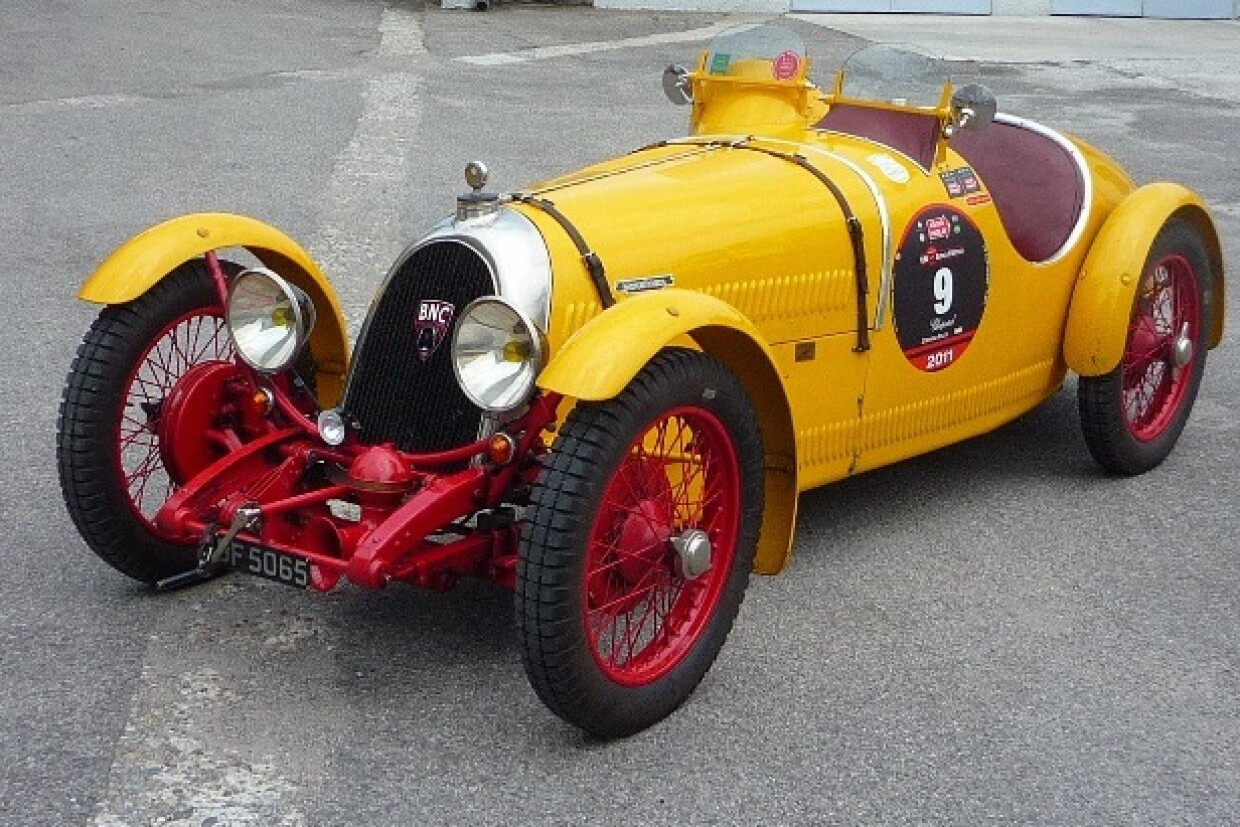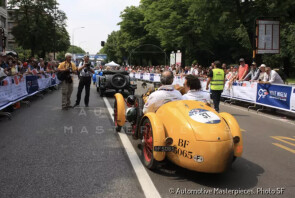
1927 B.N.C. Type 527 Sport Monza
ON/OFF
Why am I an Automotive Masterpiece?
L. Limited edition cars
no. 4 manufactured
The acronym BNC was the acronym of Bollack, Netter et Cie: the origins of this car manufacturer date back to 1919, when it was founded by Jacques Muller, a character already with some experience in the automotive sector, having worked for the technical office of Hispano-Suiza. The French company began by offering some simple and well-made motorcycles, equipped with 4-cylinder engines with lateral valve distribution. Shortly after the first consents obtained, a new character, Lucien Bollack, entered the organization chart of the House, buying a share in the company. He was integrated as chief designer. By 1925 the BNC range became more and more varied and diverse. The most commercially successful versions were the sporty ones, such as the Sport 1100, a car that also achieved some success in some competitions. It was fitted with engines of various origins (SCAP or Ruby), all 1.1 liters and in the sportier versions it managed to reach a maximum speed of 160 km / h. At the end of 1925 a sports car was proposed based on the mechanics of the 1100 Sport, but with the addition of supercharging via a volumetric compressor. It was most likely the first supercharged French car in history. In 1927 the entire BNC range acquired the rear-leaning radiator, while in 1929 the climb to the luxury car market was attempted, launching the Aigle, a large limousine equipped with a large 8-cylinder that could be 4 or 5 liters of displacement, at the request of the buyer. The car, however, was not successful and therefore few examples were made. In 1928, Bollack withdrew from BNC and the company suffered a drastic decline: a prototype with coupé body called AER was presented, but it had no follow-up, and in 1931 the BNC closed its doors for good. The BNC 527 Sport was produced from 1926 to 1929. These fast BNCs were fitted with two types of 4-cylinder Scap or Ruby 1l engines 1L with powers of 35hp to 36hp, with or without a compressor. Beautifully drawn, they rivaled the Amilcars and the Salmsons.
This rare B.N.C. 527 Monza is one of the four cars bodied by Duval in Sports conformation. It has a small but agile Ruby 1075 four-speed motor. Owned by a French diplomat, the car was exported to Vietnam for a period of its life.





